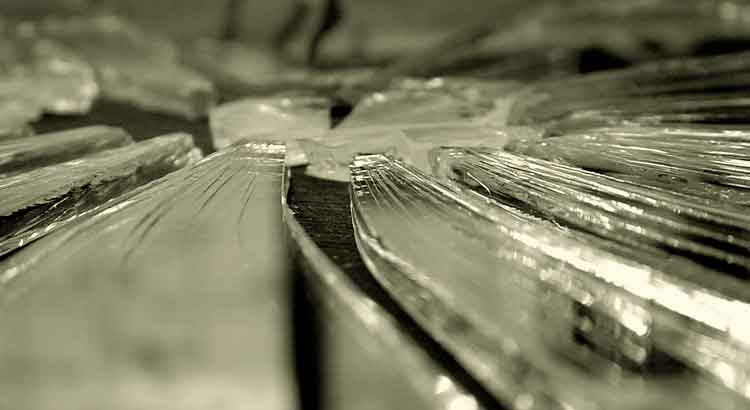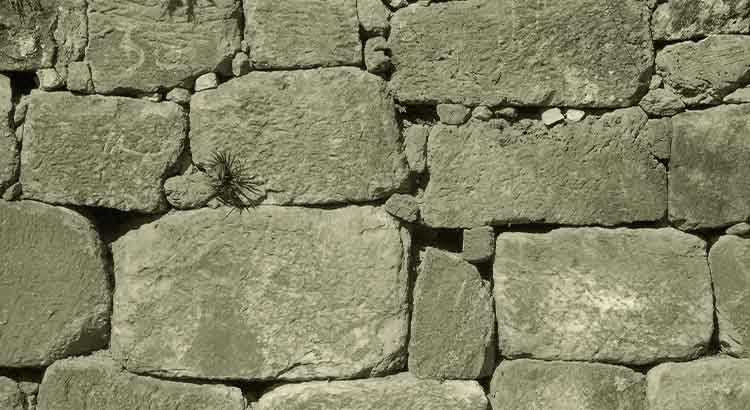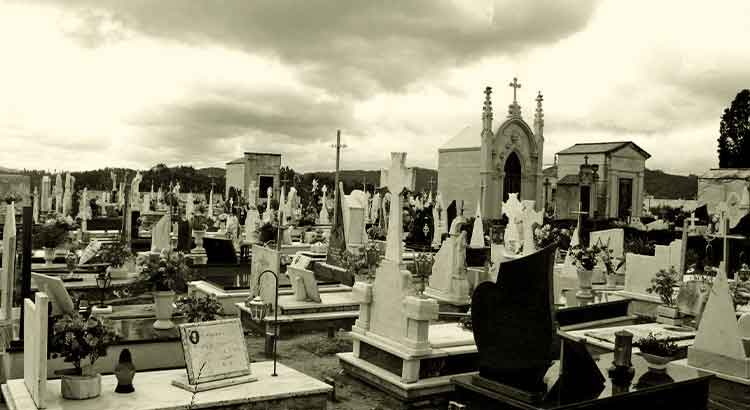It is curious to note some incompatibilities between superior minds. There seems to be an obscure element that, in some cases, forces their repulsion. I say this thinking of Pessoa and Nietzsche, or rather, of Pessoa towards Nietzsche. The Portuguese referred to the German as a mad ascetic admirer of force and domination. In other notes, the mention of Nietzsche is almost always loaded with a pejorative tone. The curious thing is this: as artists, there is much in common between the two. In the short essay entitled Apontamentos para uma Estética não Aristotélica (Notes on a Non-Aristotelian Aesthetic), Pessoa defends an aesthetic based on force, an aesthetic where the supreme degree of expression is reached through maximum power, an aesthetic in which the artist “forces others, whether they like it or not, to feel what he felt, that dominates them through inexplicable force, as the strongest athlete dominates the weakest, as the spontaneous dictator subdues the whole people (because he is the whole synthesized and therefore stronger than the whole summed up), as the founder of religions dogmatically and absurdly converts the souls of others into the substance of a doctrine which, at the bottom, is nothing but himself”. Nietzsche, a symbol of the power of expression, the progenitor of a work where exclamations leap out of the leaves like rockets, said that “the greatness of an artist is measured according to the intensity employed to achieve the great style.” It is a nice summary of Pessoa’s aesthetic theory. But still, incompatible…
Tag: literature
Becoming an Expert
I write a short story with coldness and dryness in mind, and I notice that I am already becoming an expert in this kind of narrative that does nothing but arouse disgusting feelings. I deprive it of any color, any liveliness, any emotion. I also forbid exclamations: I make astonishment an outsider. One word to describe the scene. Scarce adjectives. The arc of action, naturally, cruel. I finish the work, and the result is astonishing. I immediately think of Swift. And I then imagine myself banished from the Human Race and defamed for centuries of centuries.
The Cemetery of Great Works
I stand here, thinking, about the size of the cemetery of great works. By a natural tendency, the greatest artists are drawn into isolation and, by an equally natural consequence, remain mostly anonymous. Some—would be many?—end up being rewarded by history. But what about the others? how many would there be? I have never had the opportunity to enter an old library; if I had, I would be obliged to estimate the proportion of anonymous on the literary shelves. Not that there is any justice in this world, nor that one should write aiming at any award, but a brief reflection on the aforementioned cemetery makes my mind completely black. To think of the effort of a lifetime, the courageous stance and endurance, hard-fought, wasted… useless like everything else… I think about it and cursing the world feels like an obligation.
Psychological Variations
It is interesting to note how the psychology of great artists varies to extremes. In common, their sincerity. But how they differ, for example, in the vision they have of their own work! On one hand, examples such as Kafka and Flaubert, in whom the work seems not only bad, but it hurts them, it afflicts them to have to create it and to see it, because they are guided by something like a necessity. On the other hand, there are figures like Nietzsche and Pessoa, where the discouragement in front of the mirror not only seems non-existent, but often we notice a striking immodesty. What to conclude? It is evident that great art is a destination to which multiple paths lead.



